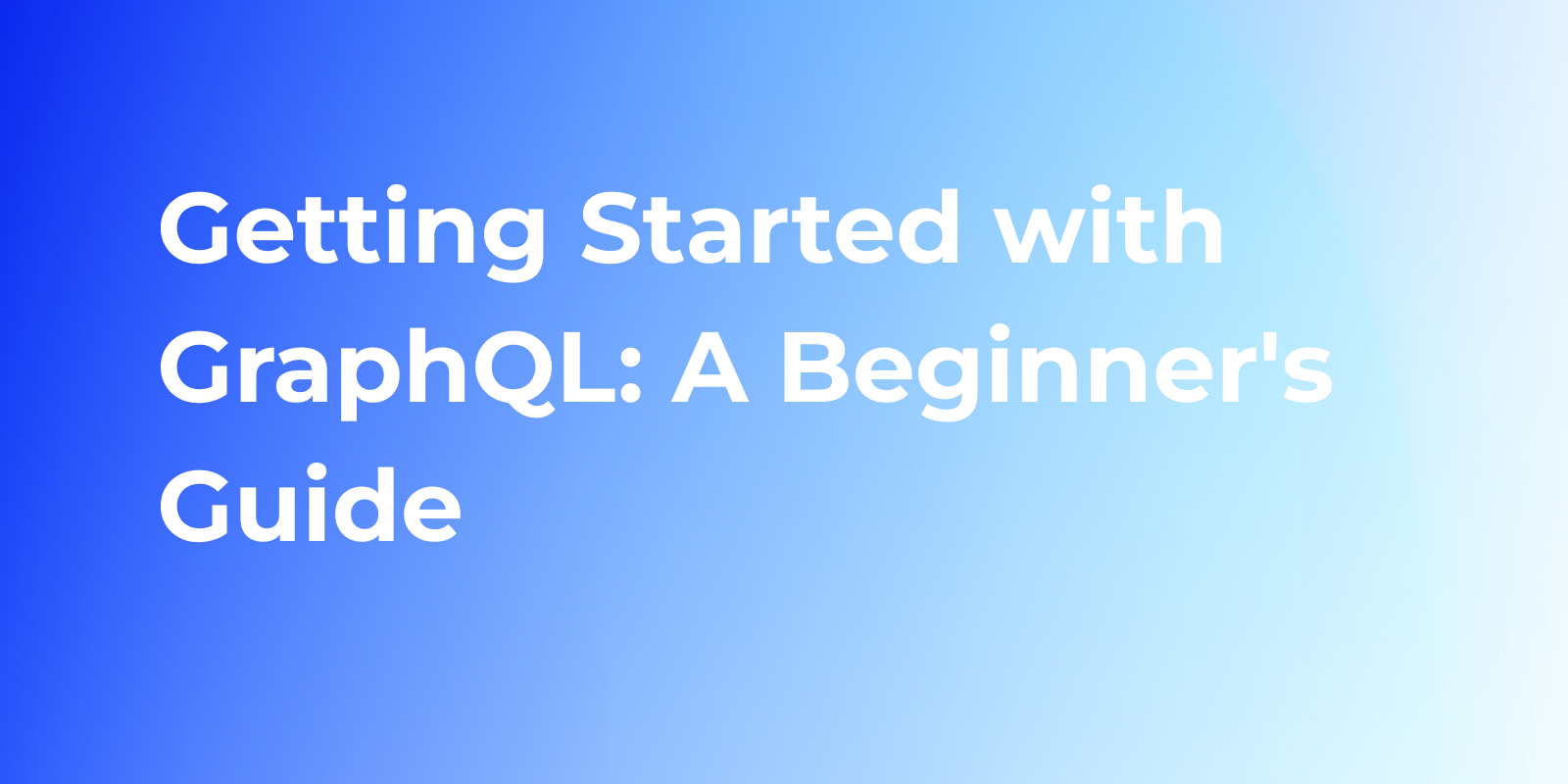Validation vs Verification: What is the Key Difference
Validation and verification are two important concepts in the field of software development. While they may sound similar, they have distinct meanings and purposes. This article aims to explore the concepts of both verification and validation in these fields.
Validation and verification are two important concepts in the field of software development. While they may sound similar, they have distinct meanings and purposes. This article aims to explore the concepts and differences of both verification and validation in these fields.
What is the Validation?
In software engineering and software testing, "validation" refers to the process of evaluating and verifying that a software system or application meets its intended requirements and specifications. It ensures that the software functions correctly and performs as expected within its intended environment. In short, Validation means whether Are we building the right product?
The main goal of validation is to determine whether the software meets the needs and expectations of its end users and stakeholders. This process involves testing the software against the defined requirements and validating its behavior to ensure it aligns with the intended purpose.
Validation is an essential step in the software development life cycle (SDLC) to ensure that the final product is reliable, functional, and meets the intended business needs. By performing thorough validation, developers and testers can detect and rectify issues early on, reducing the risk of software failures and enhancing the overall quality of the product.
What is the Verification?
In software engineering and software testing, "verification" refers to the process of reviewing and checking the software artifacts to ensure that they comply with the specified requirements, standards, and guidelines. In short, Verification means Are we building the product right?
Verification focuses on confirming that the software artifacts are consistent, accurate, and adhere to the specified requirements and standards, while validation ensures that the software behaves correctly and meets the intended purpose and user needs.
Both verification and validation are crucial components of software quality assurance and are essential for delivering reliable and high-quality software products.
Key Differences Between Validation and Verification in Software Testing
This optimized table provides a clearer and more concise comparison between verification and validation, based on their respective processes, purposes, development activities, test activities, targets, and their relevance in both waterfall and agile development approaches.
| Aspect | Validation | Verification |
|---|---|---|
| Focus | End product's usefulness and meeting user needs. | Development process and adherence to design specifications. |
| Timing | Towards the end of development or during testing. | Throughout the development process. |
| Techniques | User acceptance testing, usability testing, etc. | Inspections, code reviews, unit testing, etc. |
| Objective | Verify system meets user needs and expectations. | Verify system is built correctly according to specs. |
| Process | Compare software with the requirements & specifications. | Find the inconsistencies and fix them. |
| Purpose | Are we building the right product? | Are we building the product right? |
| Development Activities | Prototyping, user interviews, goal analysis. | Code reviews, style checks, static analysis, walkthroughs, inspections. |
| Test Activities | Usability testing, beta testing, customer acceptance testing. | Unit testing, integration testing, functional and non-functional testing. |
| Targets | The actual product. | Different software components, architecture, infrastructure, database. |
| Waterfall Development | After development is completed. | Throughout the development. |
| Agile Development | Before, throughout, and after development. | Throughout the development. |
| Parties Involved | Product owners, UX, testers, QA. | Engineers, Testers, QA. |
Apidog: Your Ultimate API Testing and Verification Solution
Apidog is a powerful API testing and monitoring tool that empowers our customers to ensure the accuracy and reliability of their APIs across various environments, including development, pre-production, and production. With Apidog, you can effortlessly verify the correctness of your APIs.

API Validation Made Easy:
With Apidog's user-friendly interface, our customers can easily create and execute comprehensive API test cases to validate the compliance of their APIs with specified requirements and designs. From simple requests to complex scenarios, Apidog enables seamless API testing, helping you identify and rectify potential issues early in the development process.

Continuous API Monitoring:
In addition to API verification, Apidog allows you to run test cases in the background for continuous API monitoring. By keeping a watchful eye on your APIs, you can proactively detect any anomalies or deviations in real-time, ensuring the stability and smooth operation of your services.
Efficient and Time-saving:
Apidog streamlines your API testing and monitoring processes, saving valuable time and resources for your development team. Its automation capabilities minimize manual intervention, enabling quicker test execution and reducing the risk of human errors.
Comprehensive Reporting and Insights:
Stay informed and make data-driven decisions with Apidog's detailed reports and insights. Gain a deeper understanding of your API's performance, identify bottlenecks, and fine-tune your services for optimal efficiency.

Join countless satisfied customers who have already made Apidog their go-to solution for API verification and monitoring. Simplify your testing efforts, enhance your application's performance, and stay ahead of the competition with Apidog today.
Conclusion
In conclusion, validation and verification are two distinct processes with different objectives and timings. Validation focuses on ensuring that the system meets the user's needs and expectations, while verification focuses on confirming that the system has been implemented correctly. By understanding the key differences between validation and verification, you can choose the right approach for your needs and ensure the success of your system or product.



